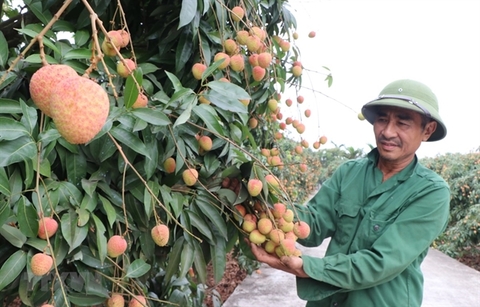A suite of measures suggested to fuel demand in new normal
A suite of measures suggested to fuel demand in new normal
The impacts of the COVID-19 pandemic remain unpredictable across the globe. Tran Du Lich, member of the National Financial and Advisory Council, highlights the need to present concrete measures to spur growth in the “new normal”.

Dr Tran Du Lich
|
How do you gauge the implications of COVID-19 on economic development as well as the effects of the government’s support packages?
As far as we know, the prolonged health crisis is leaving sweeping impacts on diverse areas of social and economic life. Albeit our country is doing a smart job with containing COVID-19, many countries around the world are struggling. Even worse, its implications remain unpredictable.
Many forecasts show that the global economy might contract this year and it remains hard to predict when the pandemic can be contained on a global scale. Vietnam’s situation can hardly improve until the pandemic is reined in globally.
In the face of COVID-19, the government has quickly adopted a suite of measures to support people and businesses. The implementation of stimulus packages, however, needs to be pushed up while support policies should be made for the long-term as some forecasts show that implications on several sectors, particularly labour-intensive ones, might be even more critical in this third quarter due to disruptions of export contracts.
Therefore, support measures, including fiscal and financial policies, should be made with a view until next year or longer.
Should we further relax the fiscal and financial policies to fuel the aggregate demand and spur growth?
Vietnam is facing mounting difficulties in exports due to COVID-19, so we need to boost local demand and grasp opportunities in a timely manner.
| It is important to consider further softening the deposit and lending rates in several customer segments to fuel demand and boost domestic consumption. |
As for public investment, it is necessary to increase disbursement but this must be kept under control, while flexibly managing fiscal and monetary policies to reach the targets of stimulating aggregate demand, spurring growth, and solving difficulties facing production.
In the past months, the banking sector has been proactive in offering support to individuals as well as corporates. Banks have also rolled out diverse credit stimulus packages. The sector’s credit growth, however, remained low at 3.26 per cent in the first half. Therefore, it is important to consider further softening the deposit and lending rates in several customer segments to fuel demand and boost domestic consumption.
Do you have any suggestions to boost local consumption?
One proposal would be not to open the doors to international tourists just yet while boosting domestic tourism. Additionally, due attention must be paid to transportation and aviation firms.
It is also necessary to push up travel, retail, and consumer credit to fuel local demand. The banking sector needs to further lower lending rates.
Which growth scenario do you find the most rational for this year?
The National Financial and Monetary Policies Advisory Council has assumed that the GDP growth would be about 3-4 per cent this year, depending on how we can remove difficulties and promote local spending while prioritising pandemic containment.
Inflation would be kept below 4 per cent. Credit expansion would surpass 10 per cent in this and the following year and public debts will remain at around 3-4 per cent of the GDP to replenish resources to support business development.



























